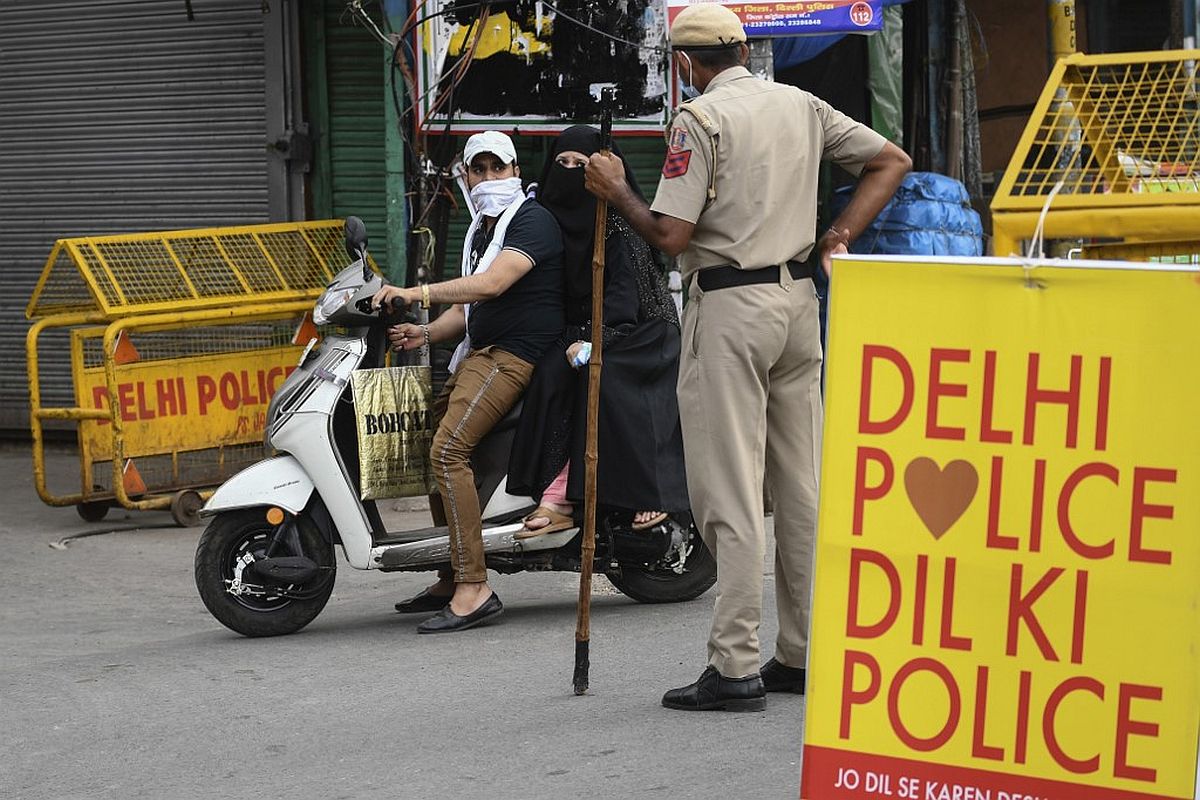Delhi PWD Minister inspects development projects
During the inspection, Minister Pravesh Verma took stock of three important projects. The first is from Bhoro Marg to Sarai Kale Khan where road strengthening work is going on till the ring road.
As the Act made clear, the overarching objective was to create homogenous urban settlements and plan transport and communications.

(Representational image: iStock)
Admittedly when the National Capital Region Planning Board Act was enacted in 1985, managing a virus may not have been one of the considerations guiding legislators.
It was an “Act to provide for the constitution of a Planning Board for the preparation of a plan for the development of the National Capital Region and for coordinating and monitoring the implementation of such plan and for evolving harmonized policies for the control of land-uses and development of infrastructure in the National Capital Region so as to avoid any haphazard development of that region and for matters connected therewith or incidental thereto.”
Advertisement
As the Act made clear, the overarching objective was to create homogenous urban settlements and plan transport and communications to create a region comprising the national capital and adjacent districts in the states of Uttar Pradesh, Haryana and Rajasthan in such manner that they became a composite geographical entity. Between 1985 and now, the boundaries of the NCR have been extended to cover more districts in the three states. In 2018, Uttar Pradesh proposed the addition of Aligarh, Hathras, Bijnor and Mathura districts to the NCR.
Advertisement
Even Punjab wanted to join the party and proposed the addition of Patiala and Mohali. Delhi was the magnet that drew these territories, and the entire scheme was predicated on the need to have seamless connectivity within the region. In the process, all the states that featured in the NCR profited, especially UP despite its spotty record of crime control. Urban planning followed the imperatives laid down by the NCR scheme, and despite minor aberrations like the toll taxes on commercial vehicles that cause occasional jams on the Delhi-Gurgaon border, the entire region grew. It became common for citizens of NCR to live in one state and work in another, sometimes crossing two state lines as part of their daily commute.
A network of roads and mass urban transportation modes made this a seamless exercise. An appreciation of this background is vital in order to understand the monumental thoughtlessness of the Uttar Pradesh government in deciding to seal its borders at Ghaziabad and Noida to Delhi on Wednesday, and to overwrite the exemptions granted by the Central government on movement of essential services by putting in place a tendentious system of additional permits. While the objective is said to be the need to prevent the spread of coronavirus, the decision militates against nearly four decades of planning and is yet another example of the short-sightedness of administrators eager to brandish powers bestowed upon them by an emergent situation.
To put it simply, the NCR’s needs for various essential services, including governance and healthcare were crafted on the assumption of intra-region connectivity. By building walls where none existed, the district administrations of Ghaziabad and Noida are not as much slowing the spread of a virus as they are making the battle against it harder. It is of vital importance therefore that the Central government and the Home ministry step in immediately and ask UP to reverse course. Or else, the edifice of the NCR scheme will crumble to the detriment of all its parts.
Advertisement